
Campolecciano lies on the Tuscan coast

Surrounded by mature trees and vegetation, Campolecciano is the perfect secret seaside villa
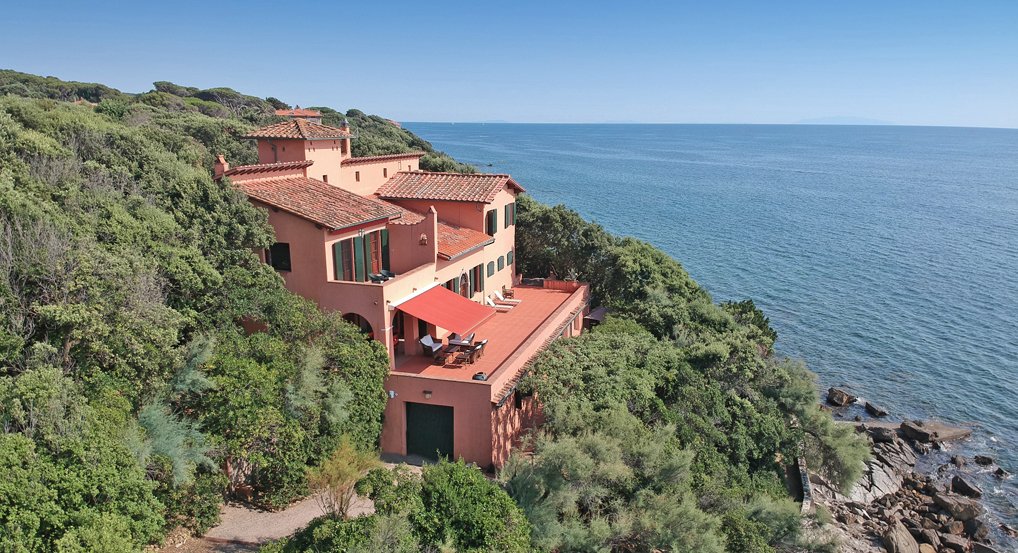
Built into the hillside the villa has incredible sea views.

Located a short walk from the villa, the large infinity pool is also encircled by trees.

The views from within the pool or on the pool terrace are completely sublime!
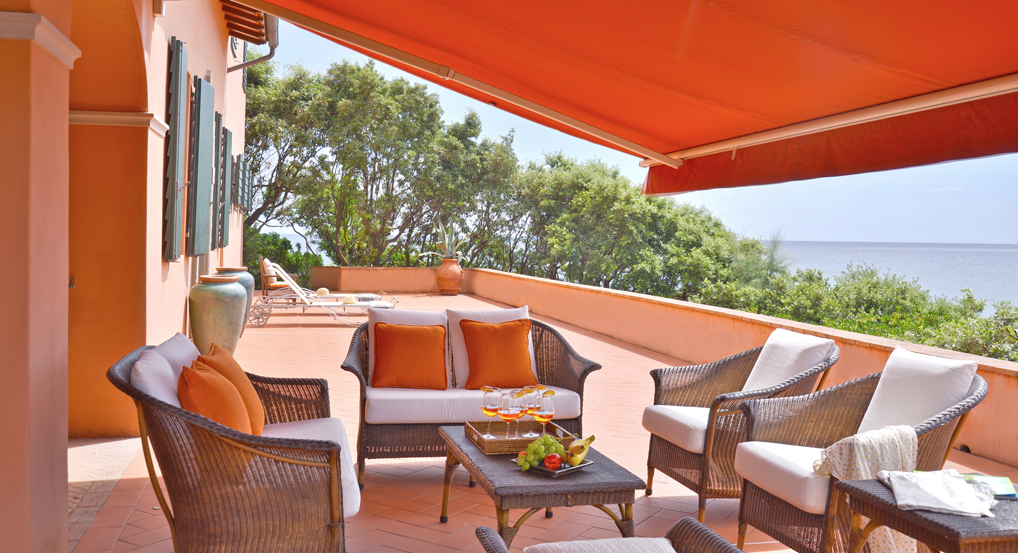
Relax in the shade on the villa's huge terrace.

you can easily sit for hours gazing at these awe-inspiring views!

The lovely living room has a large open fireplace and a beautiful piano.

A bird's eye view from the living room's high ceilings.
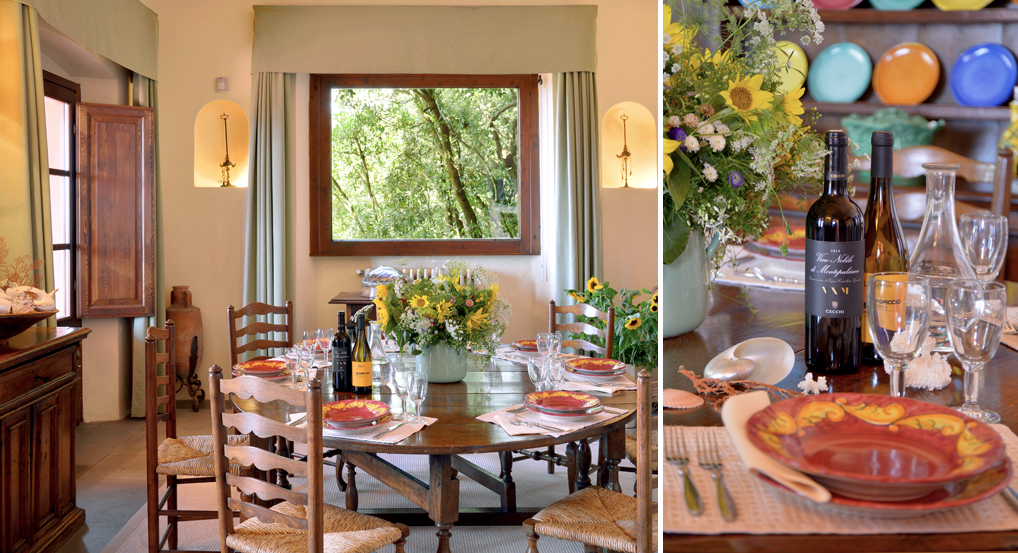
The dining room is perfect for breakfast and meals indoors when you're not dining al fresco on the terrace.

The villa has pretty traditional Tuscan tableware.
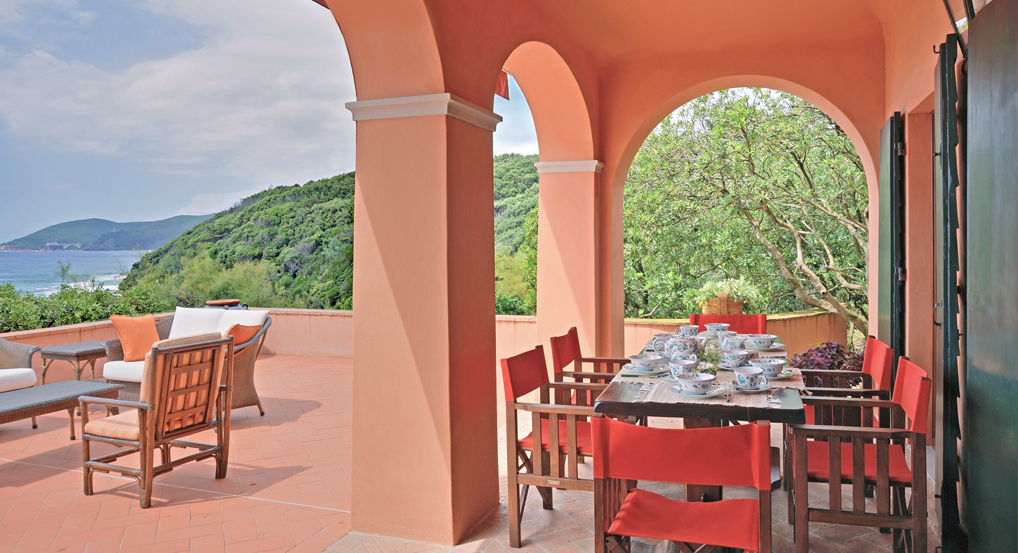
The dining room leads onto the terrace dining area via a French window.

The mezzanine area to access the various bedrooms.

The stylish master bedroom has two French doors onto...
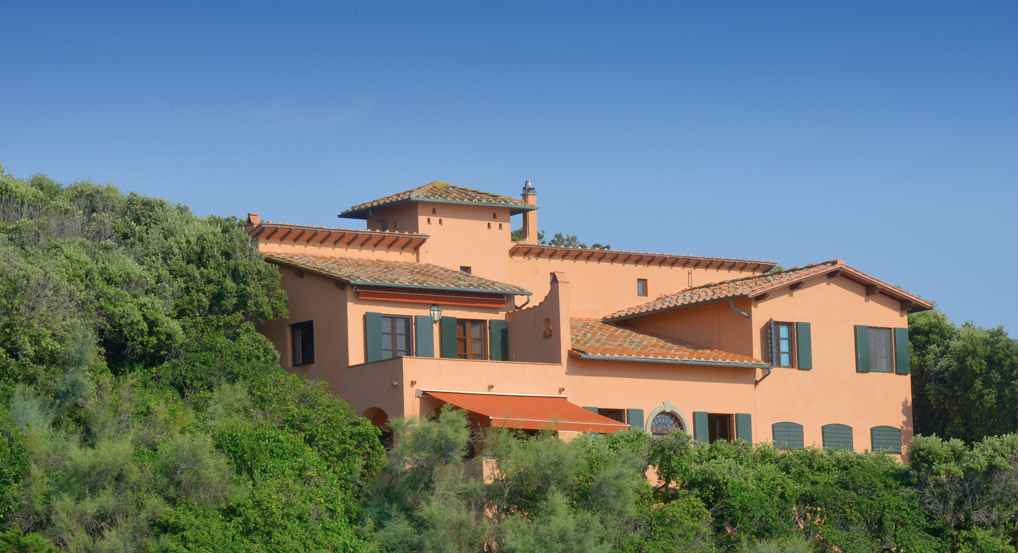
a fabulous private terrace!

The master bedroom features an elegant and romantic decor.

And the Master's en-suite echos the incredible blues of the sea and sky.

Bedroom II with its smart floral print decoration.

This is also found in little details, like this lovely mirror.

Even the shared bathroom has amazing seaviews.

Bedroom III can either be a twin or a double.
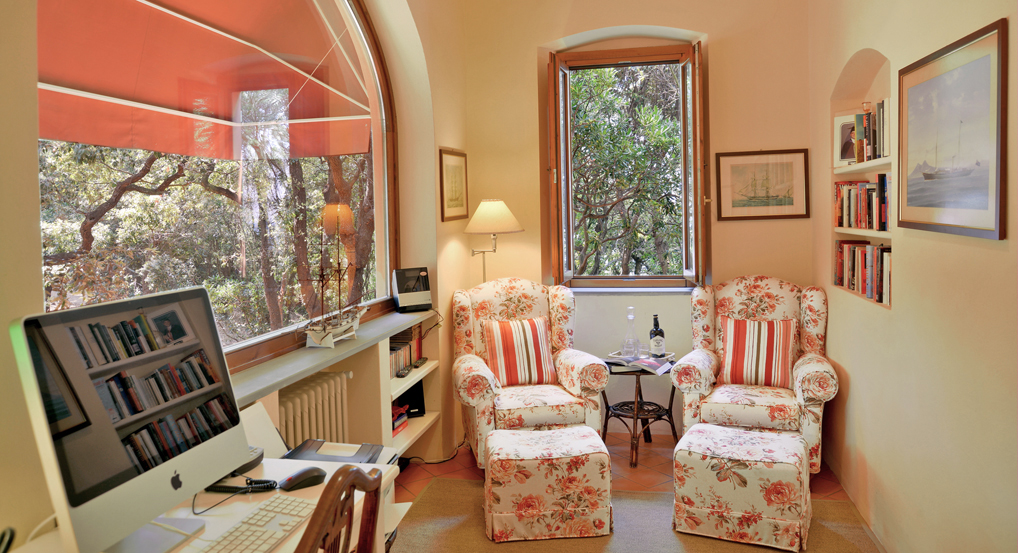
Retreat to the study for some work or quiet time.

Bedroom IV is located in the tower and has a single bed and private en-suite.

Bedroom V is decorated in pretty citrus tones and floral motifs.

The second shared bathroom of the villa is in muted green tones.

Bedroom VI stands out with its chic stripes.

The spacious terrace has a classy and comfortable sitting area.
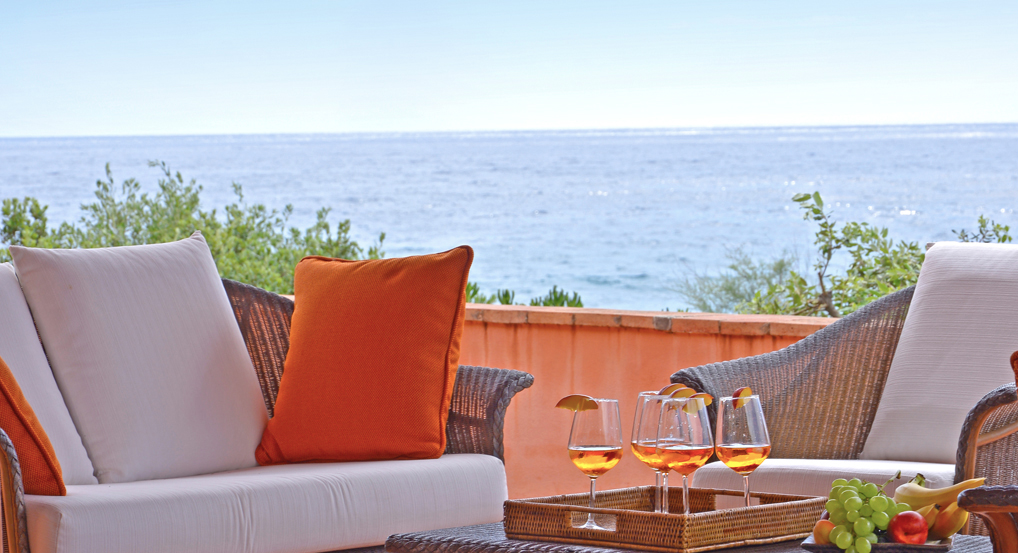
Gather on the terrace for a refreshing pre-dinner Spritz.

Campolecciano has a private dock with sundeck.

The sea access and private dock is reached via only 15 steps down from the pool area.

The mesmerizing sea view which reaches the Tuscan islands and as far as Corsica and Elba.

The pool has equally stunning views which you can admire reclining on a comfy sun bed.

Hidden behind the greenery ping-pong, changing room with shower and bathroom.

The landscape of this part of Tuscany is simply breathtaking!

Sea and sky meet from within the divine infinity pool.

The endless horizon from the luxurious Campolecciano.

Perfect nestled within the vegetation, you would almost not even know the villa is there.
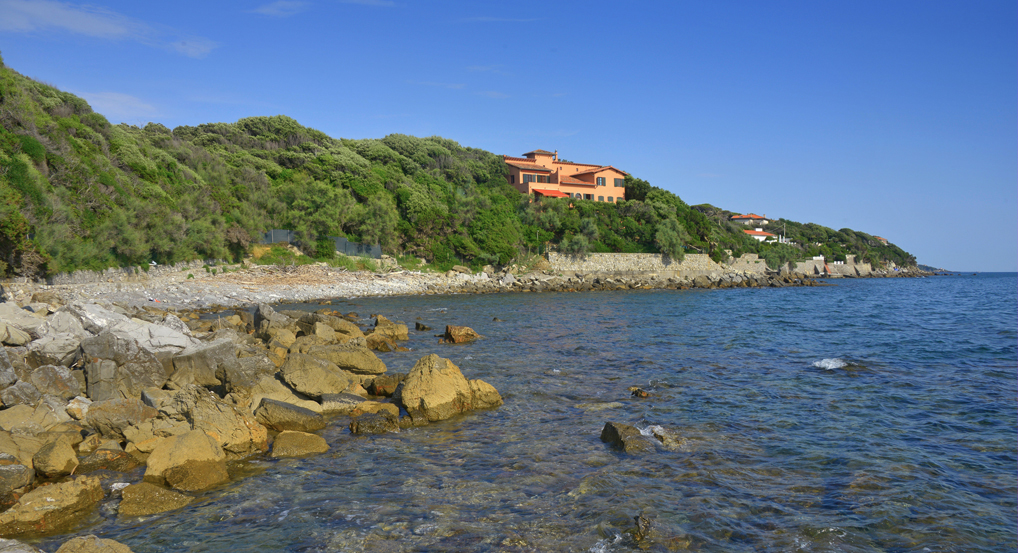
A perspective of the villa from sea, perfectly secluded.
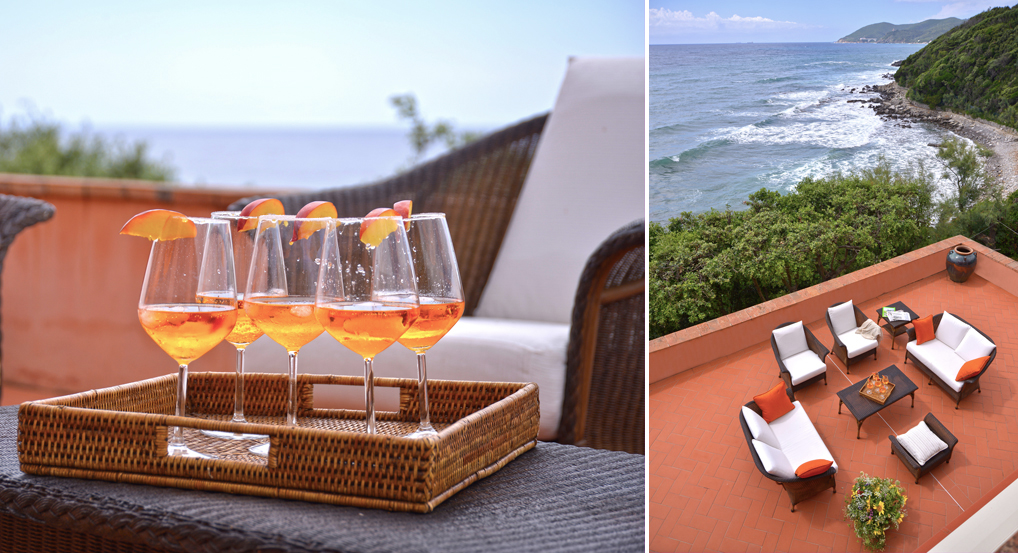
You're guaranteed to have a sparkling Tuscan seaside holiday at the marvellous Campolecciano villa!

La Baracchina is one of the best seafood restaurant in Castiglioncello.

Molecular cuisine at the Casale del Mare restaurant. We have selected a number of good restaurants nearby of which we will provide you a detailed list.
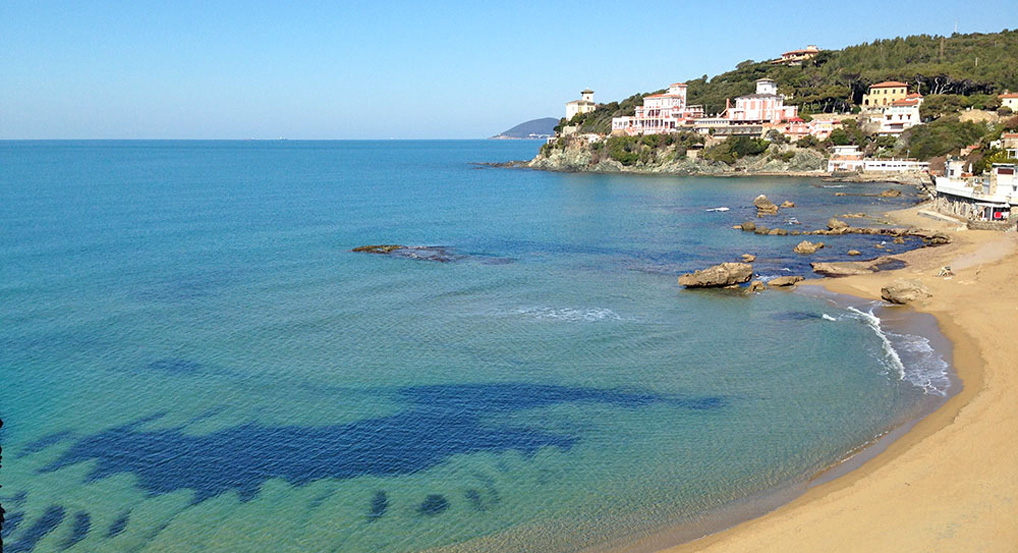
The Castiglioncello main beach, a natural amphitheater of verdant cliffs overlooking the Mediterranean.
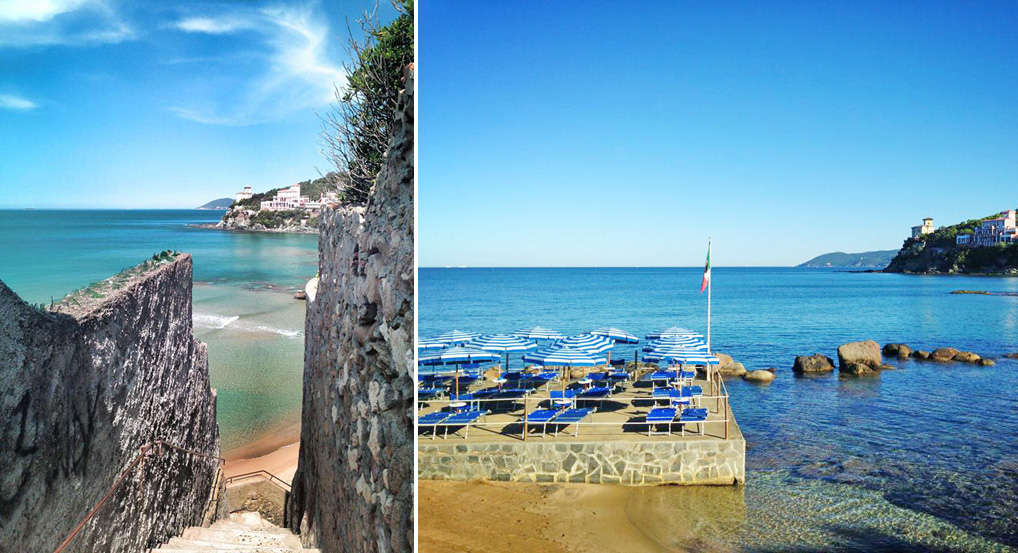
Located in Castiglioncello, the Bagni Nettuno Beach Club,offers not only beach facilities and a restaurant but also the possibility to rent little boats, and take swimming and surfing lessons.

The sailing school in Castiglioncello
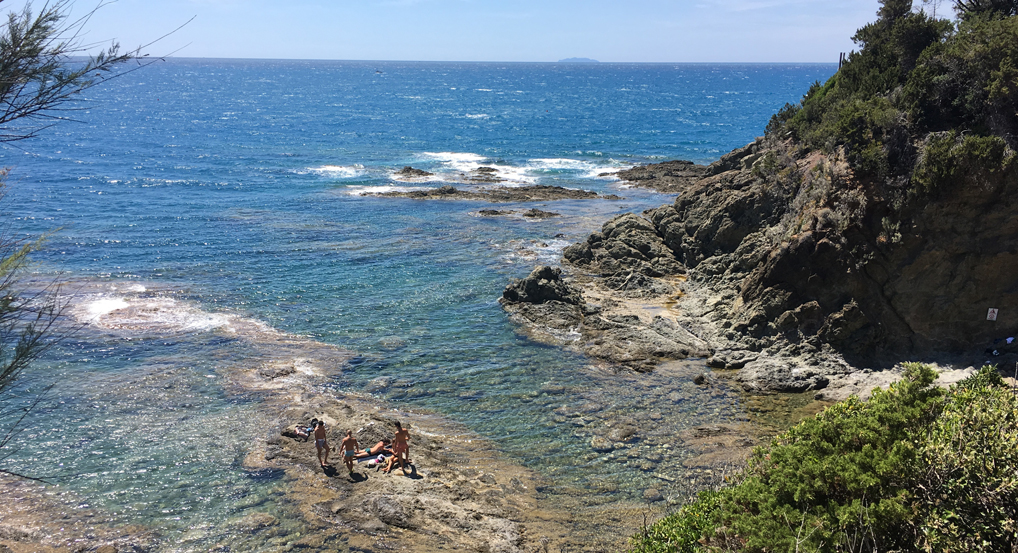
A secret creek near the villa

1 minute driving from the villa the Chioma's Marina where you can find 3 sea pools, restaurants and a boat rental company

The seaside town of Livorno and it's food market can be reached in 20 minutes by car
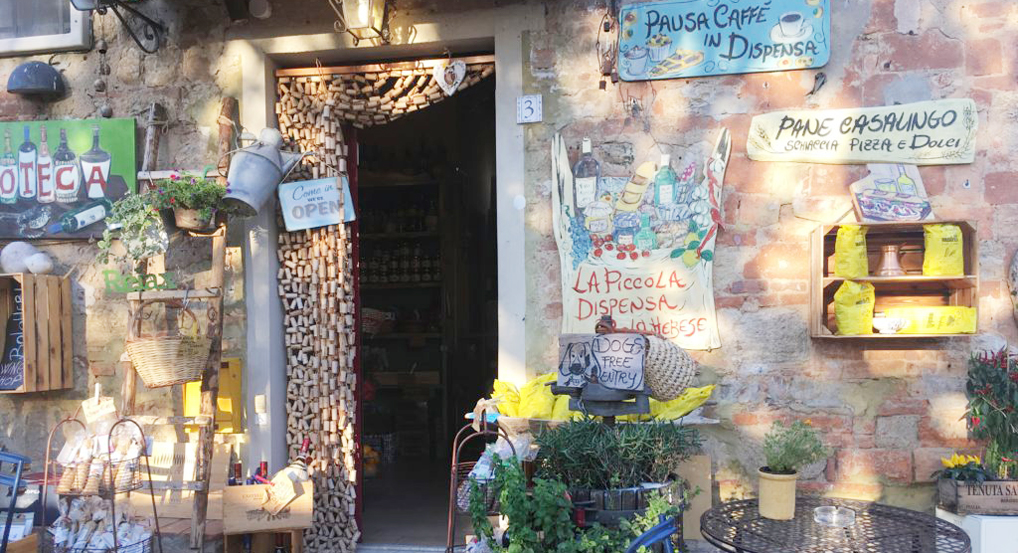
Bolgheri where Italy's most exciting wines are made at the moment it's about 30 minutes driving from the villa
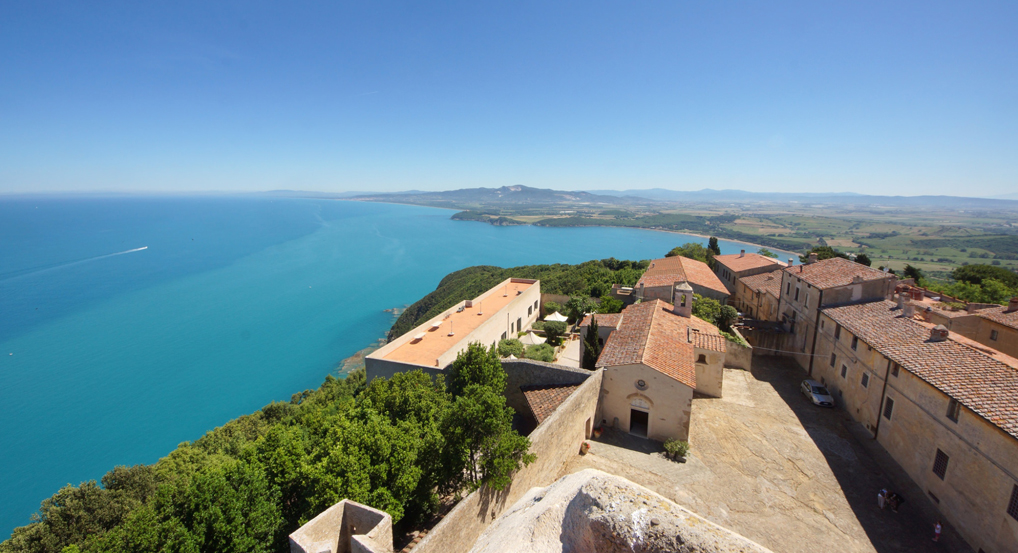
Populonia overlooks Baratti bay. It's about 1 hour drive from Villa Campolecciano
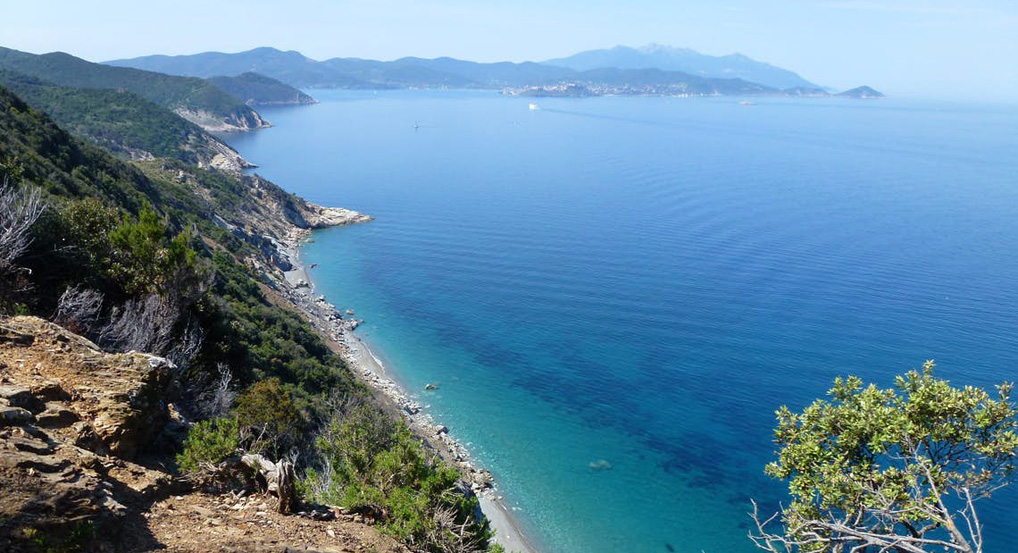
Bird eye over the coast






